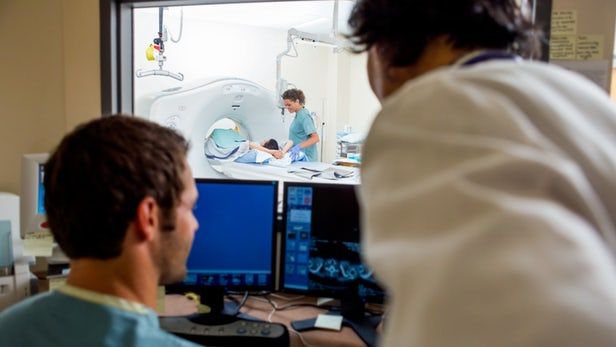The Longevity Therapeutics Summit was focused on therapeutics that target aging, rather than basic research or theory.
This was the first year for the Longevity Therapeutics Summit in San Francisco, California. Ably organized by Hanson Wade, with John Lewis, CEO of Oisín Biotechnologies, as program chair, the conference focused on senolytics for senescent cell clearance, big data and AI in finding new drugs (“in silico” testing), delivery systems for therapeutics like senolytics, TORC1 drugs, and biomarkers of aging, and the challenges of clinical trial development and FDA approval.
The conference featured a smorgasbord of cutting-edge longevity research, and, as the name implies, the general focus was on therapeutics that target aging, rather than basic research or theory.
Ned David, CEO of Unity Biotechnology, kicked off the conference with a talk about the company’s latest research on senolytics, which clear away senescent (“zombie”) cells, which secrete harmful chemicals that can cause neighboring cells to also become senescent. Unity has made the news recently with an extension request for its clinical trial of its first-in-class senolytics for osteoarthritis. Its preliminary Phase 1 clinical trial results were deemed “safe,” a major step in obtaining FDA approval, and the full results will be available later this year or in 2020.








